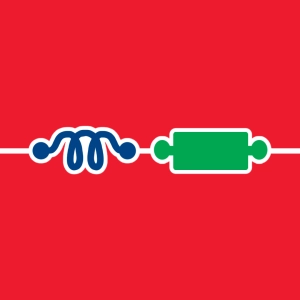 RL Circuit - transient response
RL Circuit - transient response
Learning objectives
- To simulate the charge and discharge of an inductor.
- To know that the response of a circuit of the first order is exponential in nature.
- To understand the influence of the time constant on the first order circuit.
Resistance (R), capacitance (C) and inductance (L) are the basic components of linear circuits. The behavior of a circuit composed of only these elements is modeled by differential equations with constant coefficients.
The study of an RL circuit requires the solution of a differential equation of the first order. For this reason, the system is called a circuit of the first order.
For this RL series circuit, the switch can simulate the application of a voltage step (E = 5V) causing the inductor to store energy. When the switch is returned to the zero-input position (E = 0), the inductor releases the stored energy.
A simple mesh equation establishes the law that governs the evolution of the current i(t):
di/dt + (R/L)i = E/L
Solving a differential equation always results in two types of solutions:
- The transient (free) state, solution of the differential equation without a second member:
di/dt + (R/L)i = 0. - The steady state, particular solution of the differential equation with second member:
di/dt + (R/L)i = E/L.
The response of the circuit (full solution) is the sum of these two individual solutions:
i(t) = E/R + Ke(-tR/L)
The solution of a differential equation of the first order is always exponential in nature.

Discover EduMedia for free
The interactive encyclopedia that brings science and math to life in the classroom.
Over 1,000 resources





